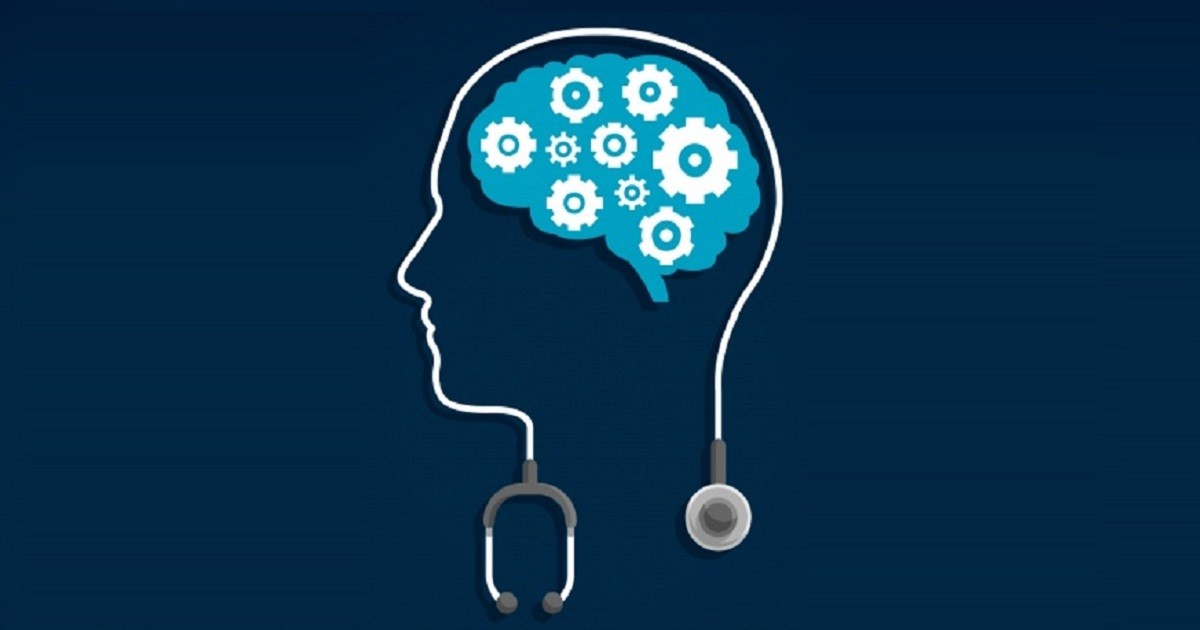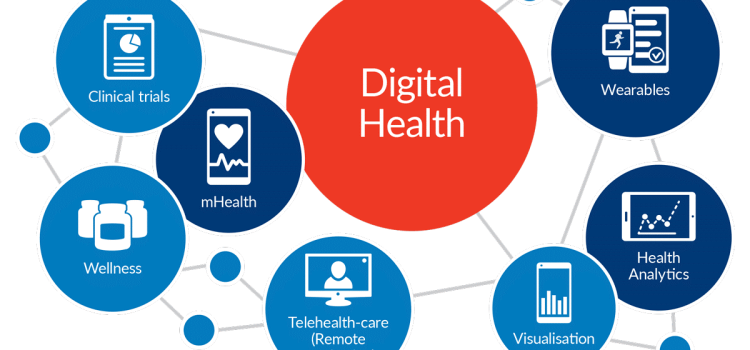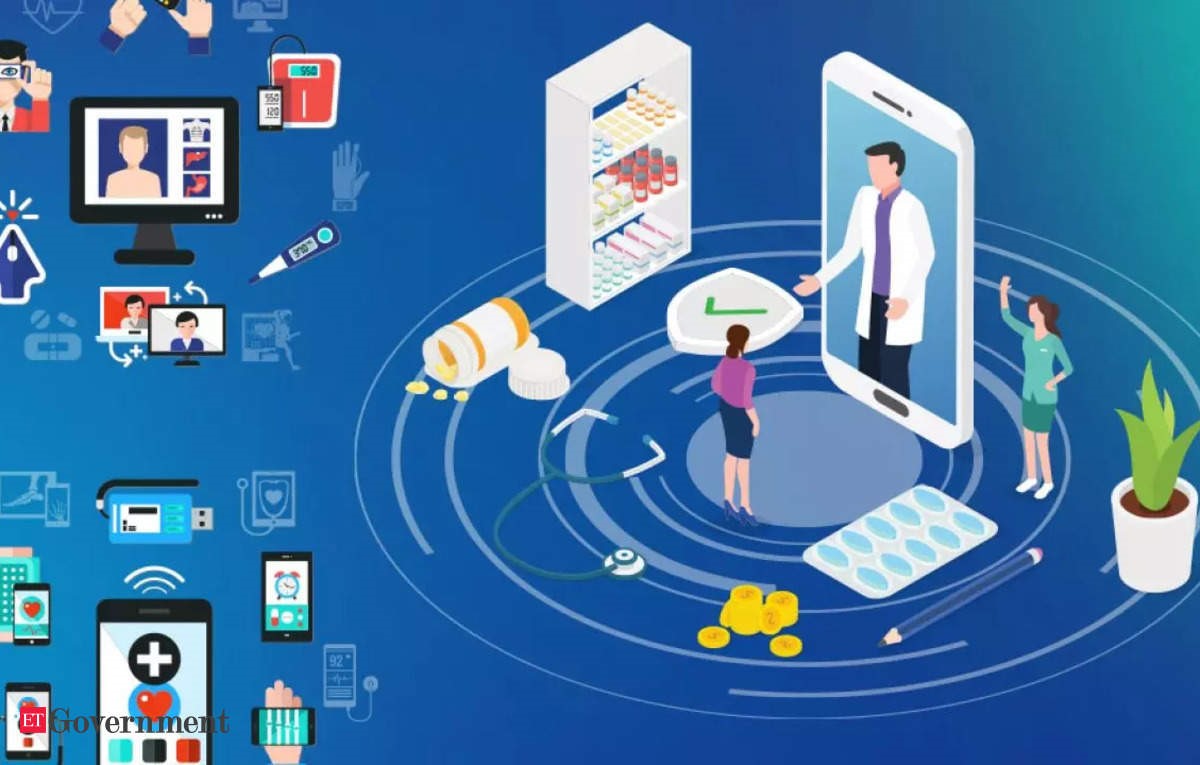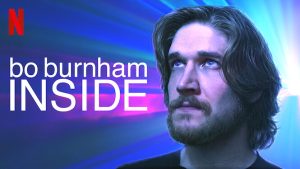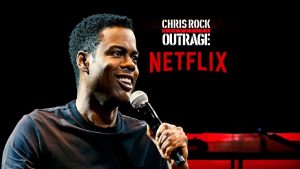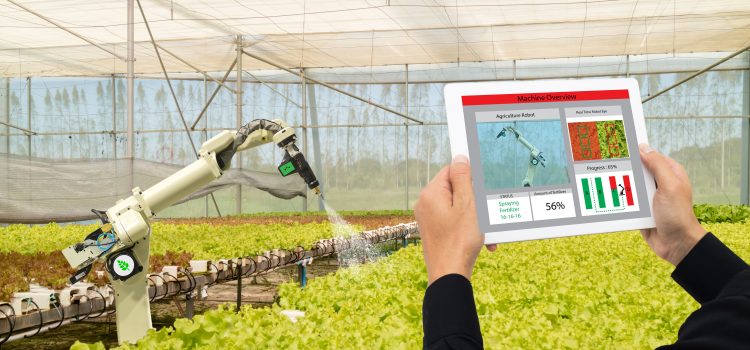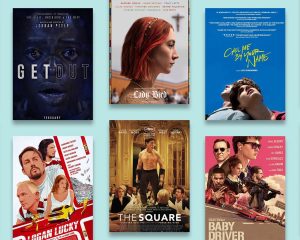
Sustainable Fashion Products Leading the Market in 2024
As the world grapples with the pressing issue of climate change, the fashion industry is experiencing a significant transformation. In 2024, sustainable fashion products are not only gaining traction but are also leading the market. This shift is driven by increased consumer awareness, innovative technologies, and a growing commitment from brands to reduce their environmental footprint. This article delves into the factors contributing to the rise of sustainable fashion products and highlights the key trends shaping the industry.

The Rise of Conscious Consumerism
One of the primary drivers of the sustainable fashion movement is the rise of conscious consumerism. Today’s consumers are more informed and concerned about the environmental and social impact of their purchases. A 2023 survey by McKinsey & Company revealed that 67% of consumers consider sustainability when making purchasing decisions. This shift in consumer behavior has compelled brands to adopt more sustainable practices and offer eco-friendly products.
Innovations in Sustainable Materials
The development of sustainable materials is at the forefront of the fashion industry’s transformation. Traditional textiles, such as cotton and polyester, have significant environmental impacts, including high water usage and carbon emissions. In response, companies are investing in alternative materials that are both eco-friendly and durable.
Organic and Recycled Fabrics
Organic cotton, grown without synthetic pesticides and fertilizers, is becoming increasingly popular. Brands like Patagonia and Eileen Fisher have long championed the use of organic cotton in their collections. Additionally, recycled fabrics, such as Repreve (made from recycled plastic bottles), are gaining traction. These materials not only reduce waste but also decrease the demand for virgin resources.
Innovative Alternatives
Beyond organic and recycled fabrics, several innovative materials are making waves in the fashion industry. Mycelium leather, derived from mushroom roots, offers a sustainable alternative to animal leather. Companies like Bolt Threads and MycoWorks are leading the charge in developing this biodegradable and cruelty-free material. Similarly, Piñatex, made from pineapple leaf fibers, is another eco-friendly leather alternative gaining popularity.
Ethical Production Practices
Sustainable fashion is not just about the materials used but also about the production processes. Ethical production practices are becoming a cornerstone of sustainable fashion products. Brands are increasingly focusing on fair labor practices, transparency, and reducing their carbon footprint.
Fair Labor Practices
The fashion industry has long been criticized for its exploitative labor practices. However, many brands are now prioritizing fair wages, safe working conditions, and workers’ rights. Organizations like Fair Trade and the Ethical Trading Initiative are working with brands to ensure ethical production standards.
Transparency and Traceability
Consumers are demanding greater transparency from brands about their supply chains. Blockchain technology is emerging as a powerful tool to enhance traceability and ensure accountability. By providing a digital ledger of a product’s journey from raw material to finished garment, blockchain can help verify the authenticity of sustainable claims.
Carbon Footprint Reduction
Reducing carbon emissions is a critical aspect of sustainable fashion. Brands are adopting various strategies to minimize their environmental impact, including using renewable energy, optimizing transportation, and implementing circular economy principles. The Ellen MacArthur Foundation’s Circular Economy 100 (CE100) initiative is a notable example of how companies are collaborating to create a more sustainable fashion industry.
The Role of Technology
Technology is playing a pivotal role in advancing sustainable fashion products. From 3D printing to AI-driven design, technological innovations are enabling brands to create eco-friendly products more efficiently.
3D Printing
3D printing is revolutionizing the fashion industry by reducing waste and enabling customization. This technology allows designers to create intricate patterns and structures with minimal material waste. Brands like Adidas and Nike are already using 3D printing to produce sustainable footwear.
AI-Driven Design
Artificial intelligence (AI) is helping designers create sustainable fashion products by analyzing trends, predicting consumer preferences, and optimizing designs for minimal waste. AI-driven design tools can also suggest sustainable materials and production methods, further enhancing the eco-friendliness of fashion products.
Digital Fashion
Digital fashion, where garments exist only in the virtual world, is an emerging trend that offers a sustainable alternative to physical clothing. This concept allows consumers to experiment with fashion without the environmental impact of production and disposal. Brands like The Fabricant and DressX are pioneering the digital fashion space, offering virtual garments for social media and gaming platforms.
The Impact of Legislation
Government regulations and policies are playing a crucial role in promoting sustainable fashion products. Several countries are implementing legislation to encourage eco-friendly practices and hold brands accountable for their environmental impact.
Extended Producer Responsibility (EPR)
Extended Producer Responsibility (EPR) policies require brands to take responsibility for the entire lifecycle of their products, including disposal and recycling. Countries like France and Germany have implemented EPR regulations for textiles, compelling brands to manage waste and promote recycling.
Greenwashing Regulations
To combat greenwashing, where brands make misleading claims about their sustainability efforts, governments are introducing stricter regulations. The European Union’s Green Claims Directive aims to ensure that environmental claims are accurate, verifiable, and transparent. This legislation will help consumers make informed choices and hold brands accountable for their sustainability claims.
Incentives for Sustainable Practices
Governments are also offering incentives to promote sustainable practices in the fashion industry. Tax breaks, grants, and subsidies are being provided to companies that invest in eco-friendly technologies and materials. These incentives are encouraging brands to adopt sustainable practices and contribute to a greener future.
The Future of Sustainable Fashion
The future of sustainable fashion looks promising, with several key trends expected to shape the industry in 2024 and beyond.
Circular Fashion
Circular fashion, which focuses on extending the lifecycle of garments through recycling, upcycling, and resale, is gaining momentum. Brands like Stella McCartney and Levi’s are leading the charge in promoting circular fashion practices. The rise of resale platforms like ThredUp and Depop is also contributing to the growth of circular fashion.
Collaborative Consumption
Collaborative consumption, where consumers share, rent, or swap clothing, is becoming increasingly popular. Rental platforms like Rent the Runway and clothing swap events are providing eco-friendly alternatives to traditional shopping. This trend not only reduces waste but also promotes a more sustainable approach to fashion consumption.
Biodegradable and Compostable Materials
The development of biodegradable and compostable materials is expected to accelerate in the coming years. These materials, which break down naturally without harming the environment, offer a sustainable solution to the fashion industry’s waste problem. Innovations in this area, such as biodegradable synthetic fabrics and compostable packaging, will play a crucial role in reducing the industry’s environmental impact.
Conclusion
In 2024, sustainable fashion products are leading the market, driven by conscious consumerism, innovative materials, ethical production practices, and technological advancements. The fashion industry is undergoing a significant transformation, with brands, governments, and consumers working together to create a more sustainable future. As the demand for eco-friendly products continues to grow, the industry must remain committed to transparency, innovation, and ethical practices to ensure a lasting positive impact on the planet.










